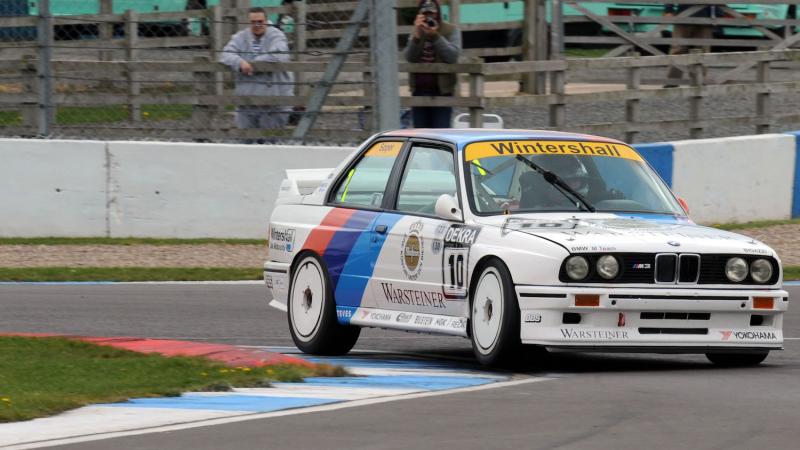
The easiest way to understand tuning is from the word itself, often used on musical instruments when they undergo a change or replacement of parts and no longer sound like the way it should be, like a guitar, when the strings are replaced or upgraded, you need to tune it for it to sound right or perhaps, better than before, this process brings out the result of the upgrade.
Similarly, when a motor vehicle installs an upgrade, it too requires a tune to get the most out of the upgrade, except, it is done so electronically. This has been a long part of the motor culture and it goes way back into the 80s, in the past, it was done only for race cars and later in the 20s, 3rd party devices are introduced onto the motor vehicle to carry out such tasks, this results in a high price tag, used only by race cars and eventually attracting some hardcore petrolheads.

In recent years, along with advancing tech, engineers discover that motor vehicles that are rolled out onto the roads are pushing lower horsepower than what it is capable of, for many speculated reasons, emission standard across different countries, ramping up the attractiveness of the car being capable of running on cheaper and lower grade fuel or widen the sale tactic of introducing a more powerful model in the facelifted version. The software engineers then came up with more ways to decode the ECU aka engine control unit to tune the motor vehicle without a third-party device, rendering it more affordable.
Its popularity immediately soars through the roof and overnight, the market was flooded with what you call today, a car tuner…

In our next post, we will share with you what exactly tuning does and a visit to our pioneer generation of chips that were once popular… <link>